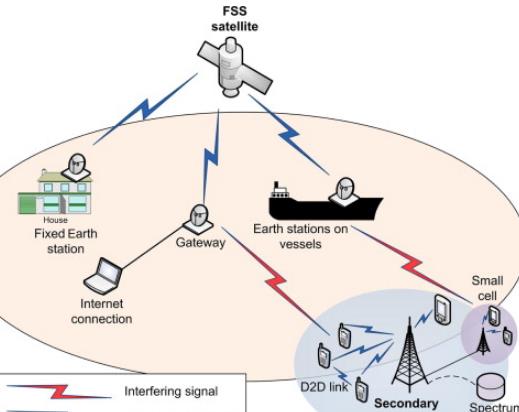What Makes a Quad Ridged Horn Unique?
A quad ridged horn antenna is a sophisticated piece of technology that stands out in the field of electromagnetic wave transmission and reception. Designed with four internal ridges, this antenna type significantly enhances performance across several dimensions, making it a preferred choice in high-demand applications such as radar systems, satellite communication, and electromagnetic compatibility testing. Let’s dive into what makes the quad ridged horn unique and highly effective.

Extended Bandwidth Capabilities
One of the most distinctive features of the quad ridged horn is its remarkably wide bandwidth. Unlike traditional horn antennas, which are often limited to narrower operational bands, quad ridged horns can efficiently handle a much broader range of frequencies, typically spanning from under 1 GHz up to 40 GHz or more. This extended bandwidth makes the antenna highly versatile, capable of supporting various applications across multiple frequency ranges without the need for switching components.
Advantages of Wide Bandwidth:
- Multi-band Compatibility: Supports multiple frequency bands simultaneously, reducing equipment requirements.
- Flexibility in Application: Ideal for diverse applications, from broadcast and telecommunications to sophisticated radar and scientific research.
Improved Impedance Matching
Efficient impedance matching is crucial for minimizing signal reflection and maximizing energy transfer between the antenna and the transmission line. The design of a quad ridged horn ensures superior impedance matching over its entire operating range. This feature is vital for maintaining signal integrity, particularly in systems where precision and efficiency are paramount.
Superior Gain and Beamwidth Control
The quad ridged horn antenna provides excellent gain and enhanced control over beamwidth compared to simpler antenna designs. The internal structure of the horn, shaped by its four ridges, helps focus the electromagnetic energy more effectively, achieving higher directivity and gain. This precision is essential in applications like directional communications and detailed radar imaging.
Enhancements Include:
- Sharper Directivity: Offers more precise targeting and reception of signals.
- Higher Gain: Improves the ability to detect weaker signals or transmit signals over longer distances.
Robust Design for Diverse Environments
Quad ridged horns are built to be robust, able to withstand various environmental conditions without degradation in performance. This durability is critical for military and aerospace applications, where the antennas must perform reliably under extreme conditions.
Applications Across Various Industries
Radar and Surveillance
In radar technology, the quad ridged horn is invaluable for its ability to operate over wide frequency ranges, providing the versatility needed for different radar modes—from weather monitoring to military surveillance.
Telecommunications
For satellite communications, the antenna’s wide bandwidth and high gain ensure reliable data transmission and reception, crucial for maintaining global communication networks.
Scientific Research
Researchers rely on quad ridged horns for their ability to provide precise measurements and data across a wide spectrum, useful in fields such as radio astronomy and electromagnetic field testing.
Conclusion
The quad ridged horn stands out in the antenna landscape for its exceptional performance characteristics. Its wide bandwidth, superior impedance matching, enhanced gain, and robust design make it uniquely suited to a range of high-stakes applications, from advanced communications systems to critical scientific and military operations. As technology continues to advance, the role of the quad ridged horn in facilitating reliable, high-quality signal transmission and reception becomes ever more pivotal.